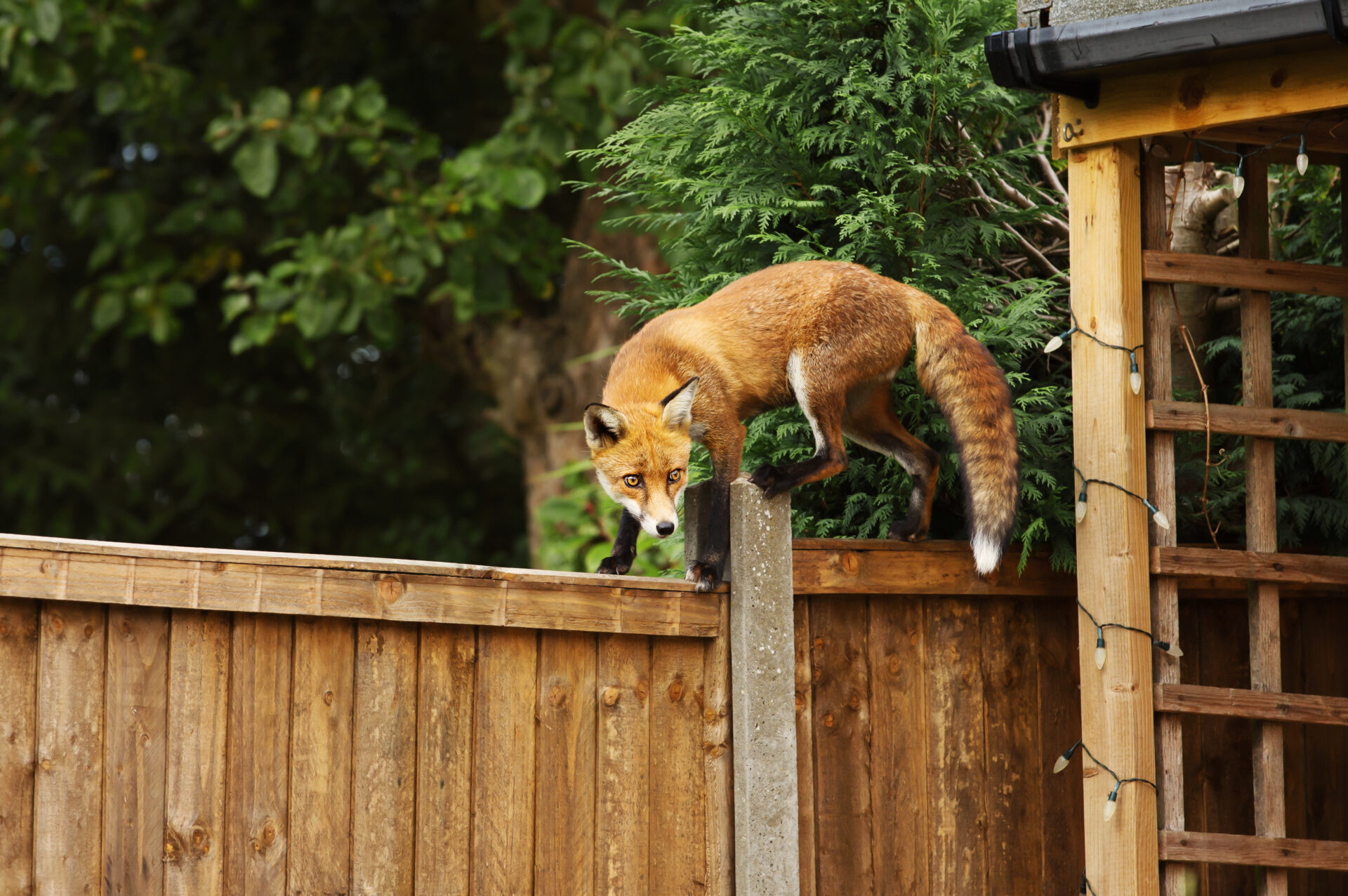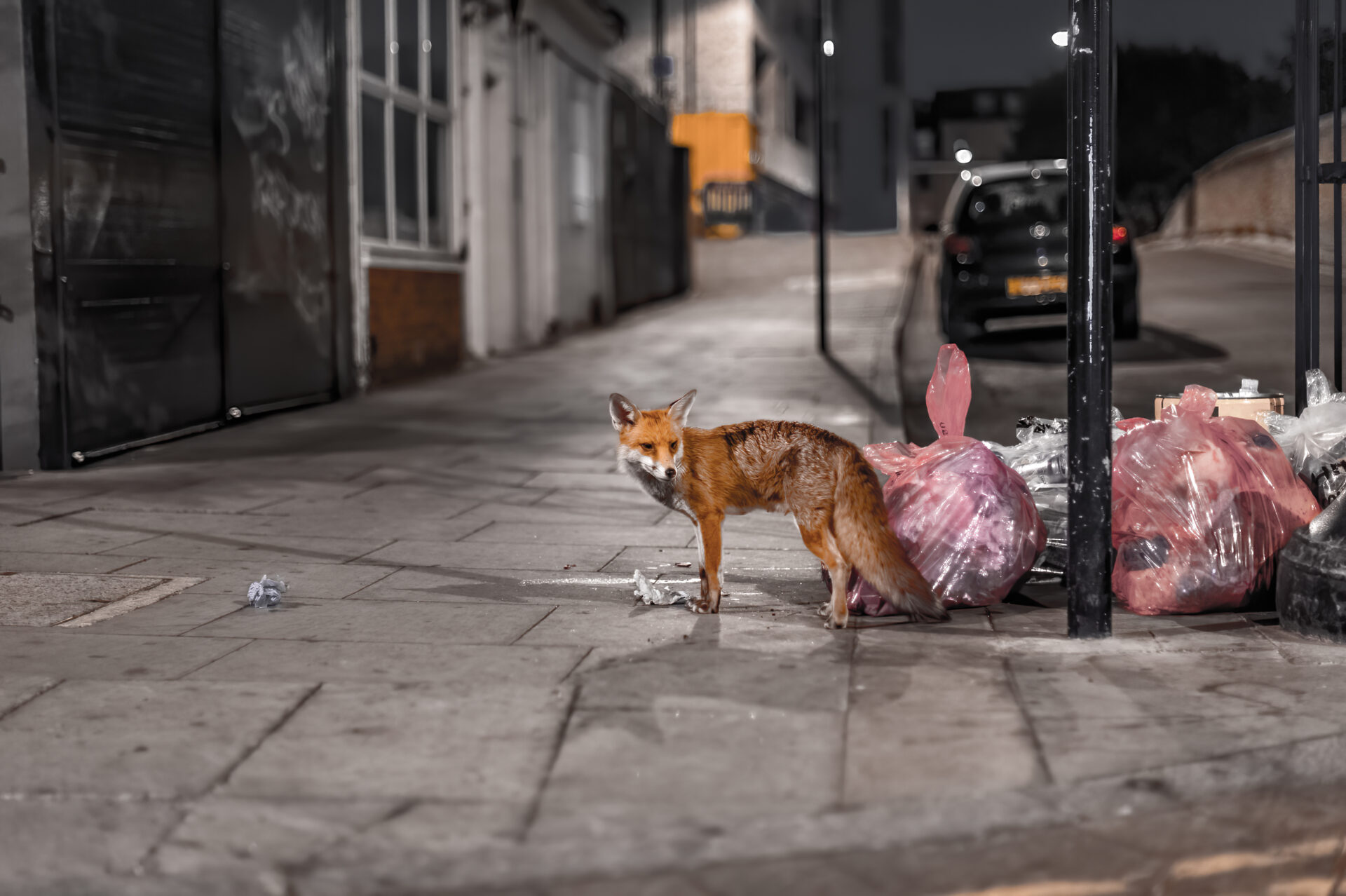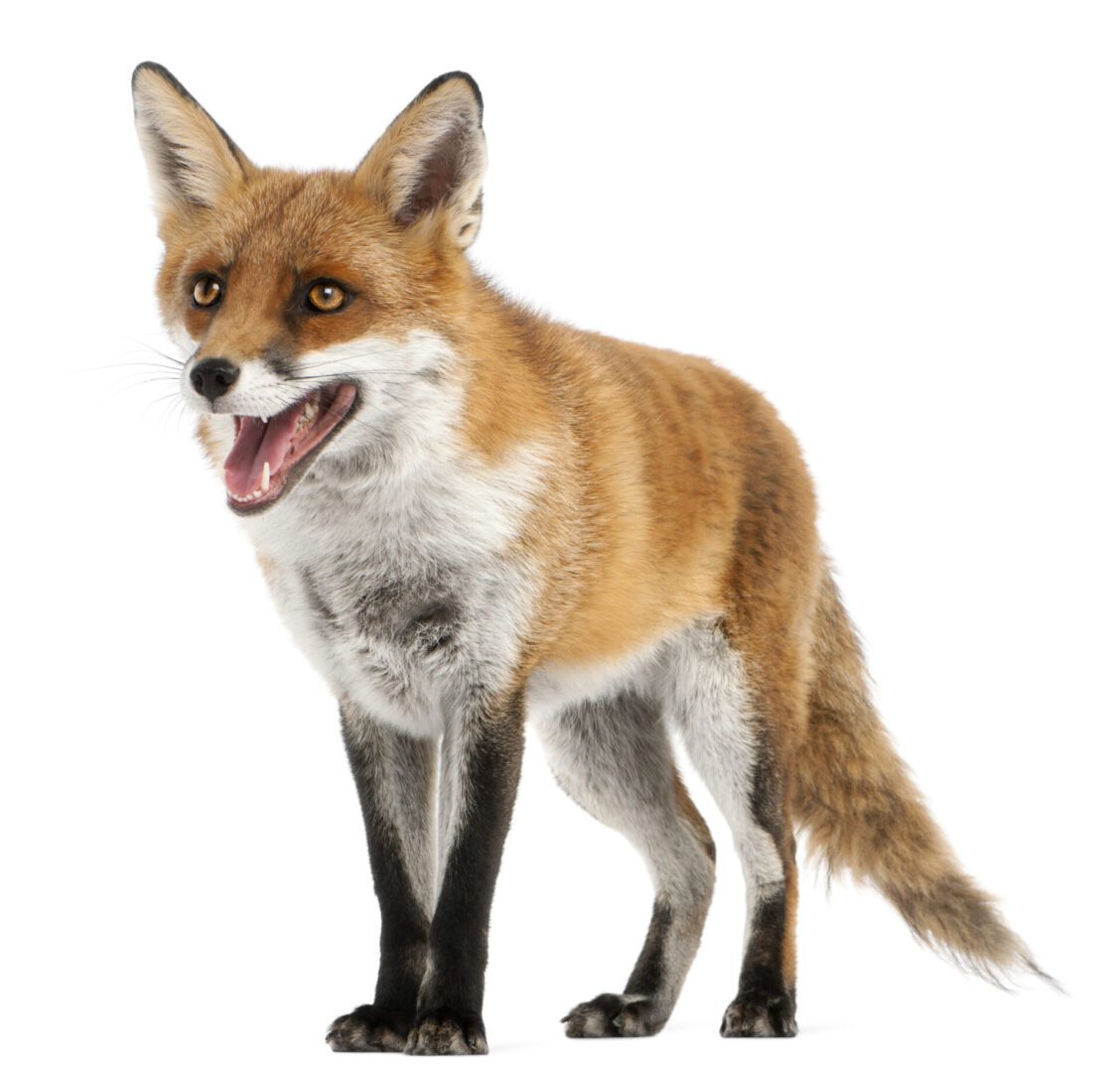- Night shooting: Landmark Wildlife Services trained marksman use silenced rifles and night vision to control fox problems. We have firearms in a variety of calibres to enable us to use them as safely as possible.
- Fox trapping: Landmark use non-harmful live trapping fox traps suitable for use in very high-risk areas.
- Fox proofing: Landmark provide fox proofing install services to help keep your premises fox-free, protecting property, lawns, livestock and pets.
Get a quote
or email usThank you for the quote request
We will aim to get back to you as soon as possible.
Email us
or get a quoteThank you for your email
We will aim to get back to you as soon as possible.





